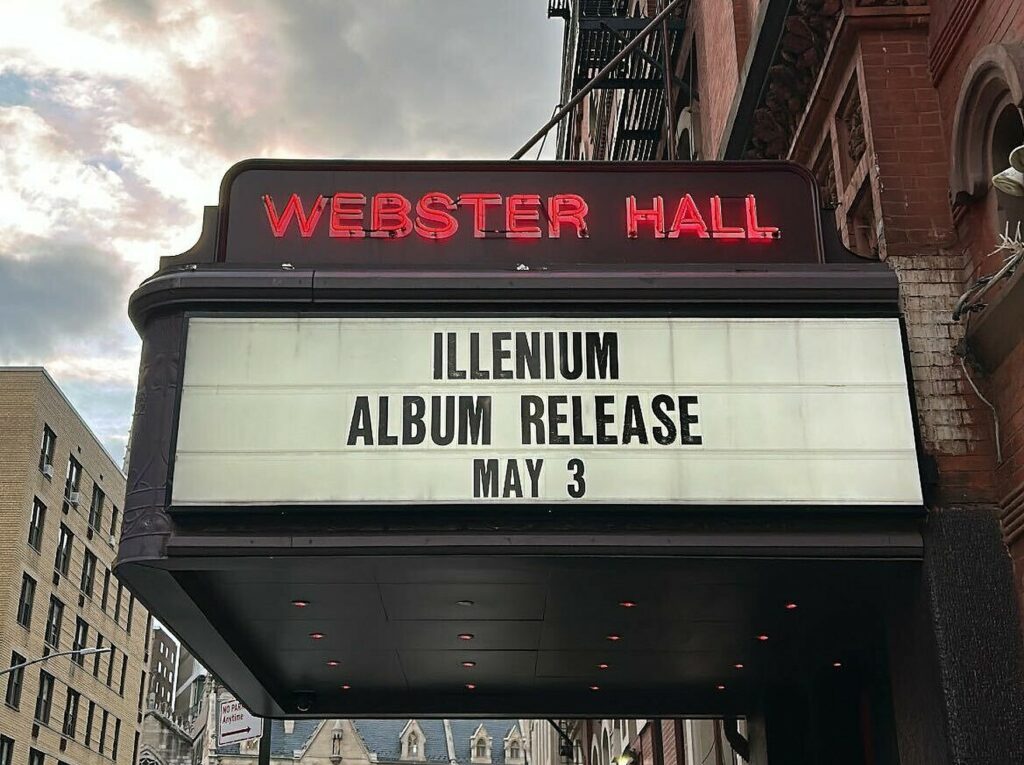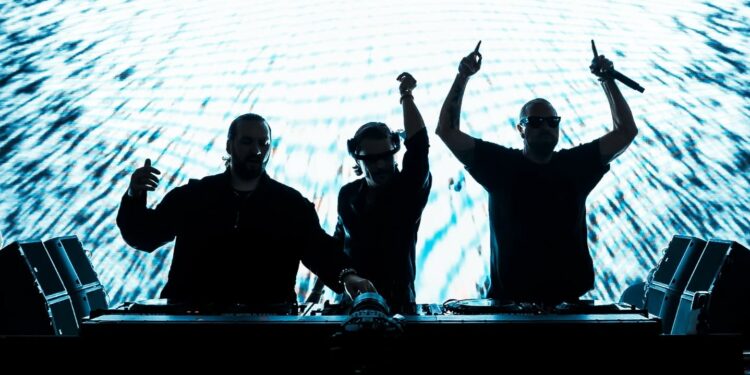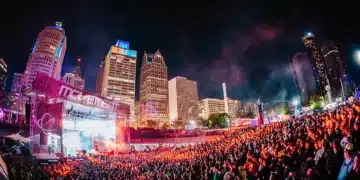Empirical data shows that dance music revenue is growing dramatically, but this may not tell the full story of festivals and nightlife.
When I started writing for EDM Identity, one of the first pieces I published was about the changing dynamics of NYC nightlife as the Playstation Theater announced its closure in 2019. So when I read the IMS Business Report last month and compared it’s very enthusiastic picture for dance music with my own experiences in NYC and beyond, I thought it might be time to revisit this topic. While I am not doubting their data showing that 2023 is on track for 30%+ more revenue than pre-pandemic levels, I just felt like part of the story may be missing, so here are some thoughts.
Let’s start with the burgeoning festival scene in 2023 and some clear trends.
Every tentpole festival has raised their prices, and every one of them continues to sell out. This fact alone supports what the IMS report is highlighting. However, 2023 is a bit unique in that there’s still enough pent up demand from over two years of pandemic delays such that fans are spending whatever it takes to get to these festivals. There will be a ceiling here, and it likely won’t take more than a year, or maybe two, before we see higher prices lead to events no longer selling out. Only then will we really know the future. Only when the likes of EDC, Coachella, and Tomorrowland need to rethink their model will we see if we’re truly in a high growth period.
What about smaller festivals? I’ve continued to make the case that the smallest regional festivals will do just fine. These are the ones that are 500-1000 people and aren’t aiming to be notably larger. Therefore, they often cater to a dedicated audience that returns every year and will always keep these events on their calendar. To these fans, these festivals are practically national holidays. But the mid-sized festivals are already feeling the pinch, and this will likely continue. It’s hard to establish or grow an event in the current marketplace of undeniable inflationary costs and a fan base already (over?)committing their discretionary income elsewhere.

NYC may be just one city, but it’s a bellwether of dance music nightlife.
The trends I highlighted in 2019 for NYC nightlife have mostly held true. For the most part, “velvet rope clubs” have not seen notable growth. In Manhattan specifically, there was one notable closure (Cielo) and one notable opening (Nebula). At least two others have entered the scene in Manhattan (Musica and Paradise Club) but each has a somewhat niche focus that doesn’t support or contradict larger trends. Industry sources tell me that this market in particular is showing single-digit growth, which is effectively flat when compared with inflation.
Warehouse clubs have prospered lately; not so much by a series of new venue openings, but in seeing existing venues book more nights a week, and selling out much more often. Despite the high price tag of bottle service at the velvet rope clubs, the true growth seems to be in the warehouse scene. Huge clubs like Avant Gardner/Brooklyn Mirage have only gotten larger, and smaller, but still notably large clubs like Elsewhere, are simply bursting at the seams. And because Brooklyn Mirage can only book so many marquee names as headliners, many of those superstars are showing up at Elsewhere, or even more underground venues like H0L0.
There are cracks in the dam, though, at venues that may be considered more marginal. Some venues are reporting shows at 50% capacity or less, and with programming that sold out just a year ago, or pre-pandemic. This on top of higher costs is leading to the middle market, as with festivals, contracting. However, unlike festivals, the smallest venues don’t seem to have a dedicated enough following to make up the difference. Remember, a small festival can change venues and intentionally shrink in size to make the economics work; but a small venue has fixed size and costs. This is a serious challenge.

One off and specialty events are booming and showing no signs of stopping.
Boat parties, raves in defunct office spaces, and parties in the woods, are just three examples of unique events that seem to be everywhere this year. Promoters have near limitless options for hosting at “venues” that would never consider hosting a rave before, but are now seeking every penny they can find to keep afloat. Literally, in the case of the boat parties. There’s a bit of a rogue party spirit right now that is loosely tied to the rave scene of the ’90s, and some of these can be really exciting!
What’s different now versus the ’90s is that today’s events almost always have some legitimate permits allowing them to happen. That said, many are still rogue enough that they rarely have the proper permits, or all the ones they need. But in a time when buildings and spaces are often vacant, officials are willing to turn a blind eye – to a point. Assuming the economy improves, this tolerance will begin to dissipate, so let’s take advantage of these unique events while we can.
While NYC is just one place, it’s likely an indication of the bigger picture.
As I mentioned at the start, NYC is a bellwether, and a lot can be extrapolated from NYC to other cities in the US. That said, places like Miami and Las Vegas will always have a higher tolerance for velvet ropes, bottle service, and VIPs. Changes in those markets aren’t always as obvious as venues seem to open and close in the blink of an eye. That said, it seems reasonable that many of the trends here may be trends across the country, so it’s time to be on the lookout for these changes. And if there’s a small venue that you really enjoy, be sure to support them because they depend on each and every patron to survive. Now more than ever.








